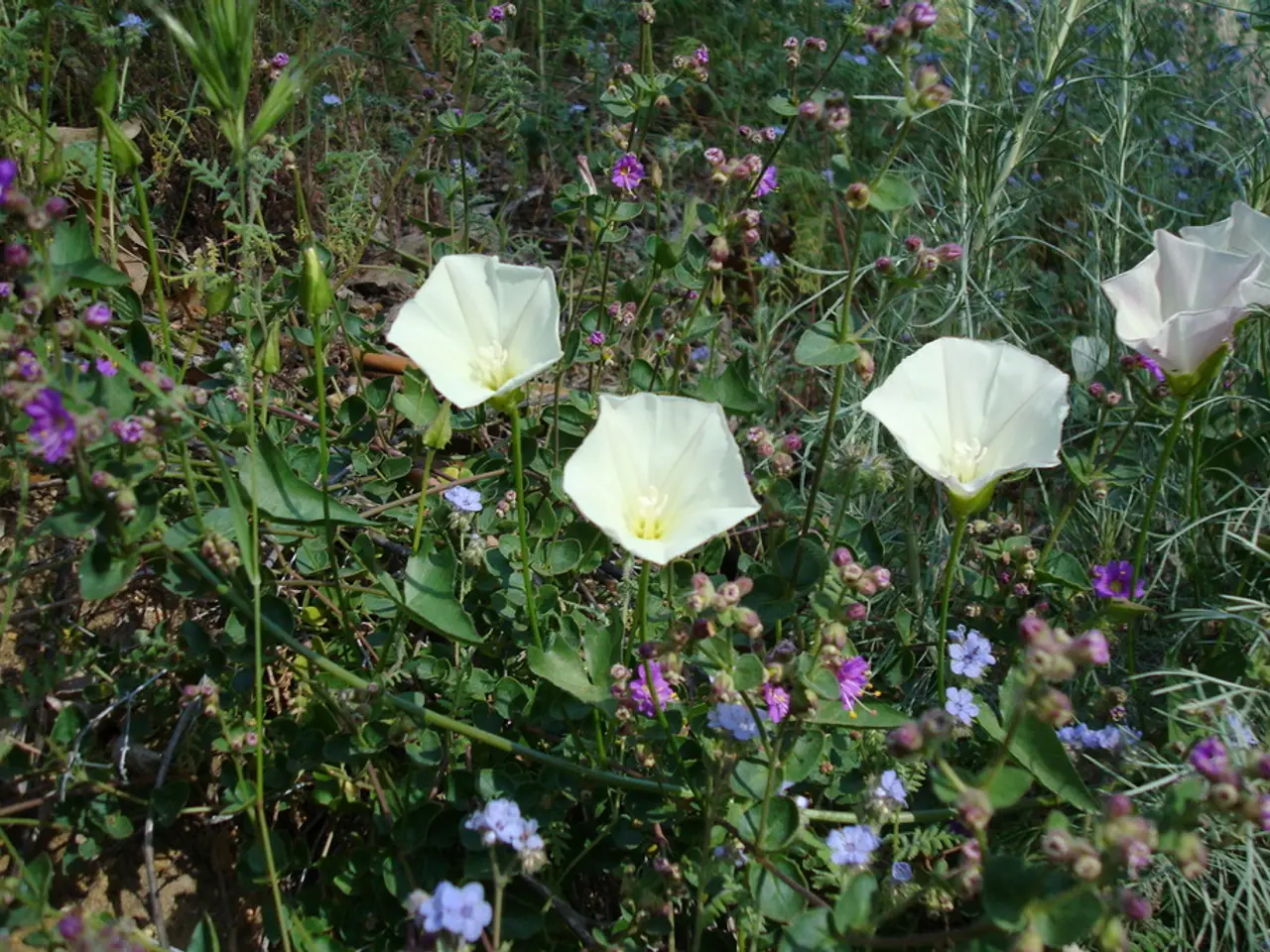Exploring Milkweed: An In-Depth Look
For garden enthusiasts looking to attract a variety of pollinators, particularly monarch butterflies, to their outdoor spaces, consider incorporating alternative milkweed species into your landscape. These plants, while still serving as host plants for monarch caterpillars, are more manageable than common milkweed and can add vibrant colour and diversity to your garden.
One such option is the Butterfly Milkweed (Asclepias tuberosa). This species boasts bright orange or yellow flowers and grows to a height of 20-60 cm. It prefers well-drained soils and full sun, and pairs well with blue or purple flowers, adding a pop of colour to gardens and prairies.
Another native perennial to consider is Swamp Milkweed (Asclepias incarnata). Known for its red or purplish-pink flowers, Swamp Milkweed grows tall at 60-200 cm and thrives in moist environments. It is suitable for wet areas or rain gardens, providing a striking colour contrast.
For those with wetland gardens or areas with consistent moisture, Aquatic Milkweed (Asclepias perennis) is an ideal choice. This milkweed species is smaller and more compact compared to common milkweed, making it well-suited to wet conditions.
When it comes to planting these milkweed species, sow seeds outdoors in the fall, lightly work up the soil, scatter the seeds, and cover with approximately 1/4 inch of soil. Alternatively, plant potted milkweeds in the spring after the danger of frost has passed, ensuring they are planted at the same depth as they were growing in their containers.
Butterfly Weed, a native Iowa perennial, is another excellent choice. This species grows to 2-3 feet tall, has narrow, lance-shaped leaves, and flowers from June to September. It is easy to grow, requires very little maintenance, and has few pest problems.
Prairie Milkweed, while similar in appearance to common milkweed, is less aggressive and more manageable in the garden. It grows 2-3 feet tall and produces pale pink to pinkish purple flowers from late June to early August. This species adapts to a wide range of soils and performs best in moist, well-drained soils in full sun.
While these milkweed species are more manageable, it's important to be aware of potential pests. The red milkweed beetle, slightly more than one-half inch long and red with 11 black spots scattered along the back, is a common beetle that feeds on milkweeds. Milkweed aphids, such as the yellow oleander aphid, are also commonly found on milkweed stems and undersides of leaves, especially at the top of the plant.
Despite these potential challenges, the benefits of incorporating milkweed species into your landscape far outweigh the disadvantages. Not only do they provide a vital food source for monarch butterflies, but they also attract a variety of other pollinators and add beauty and diversity to your garden.
- For individuals seeking to enhance their home-and-garden lifestyle by attracting pollinators, consider planting the Butterfly Milkweed (Asclepias tuberosa), a vibrant option with orange or yellow flowers that thrives in well-drained soils and full sun.
- Swamp Milkweed (Asclepias incarnata), known for its red or purplish-pink flowers, is a suitable choice for wet areas or rain gardens, providing a striking colour contrast and adding diversity to your landscape.
- In wetland gardens or consistently moist areas, the compact Aquatic Milkweed (Asclepias perennis) can be an ideal choice, offering pollen and nectar to pollinators.
- To introduce these milkweed species to your garden, sow seeds outdoors in the fall or plant potted milkweeds in the spring after the frost has passed, ensuring the plants are planted at the same depth as in their containers.
- The native Iowa perennial, Butterfly Weed, with narrow, lance-shaped leaves and flowers from June to September, is another excellent choice for those seeking low-maintenance gardening, as it requires minimal maintenance and has few pest problems.




